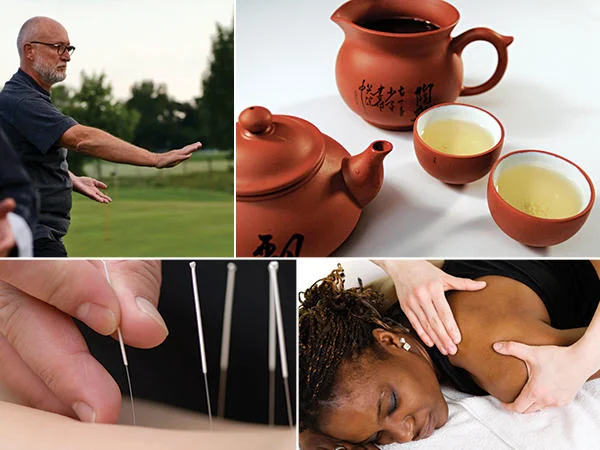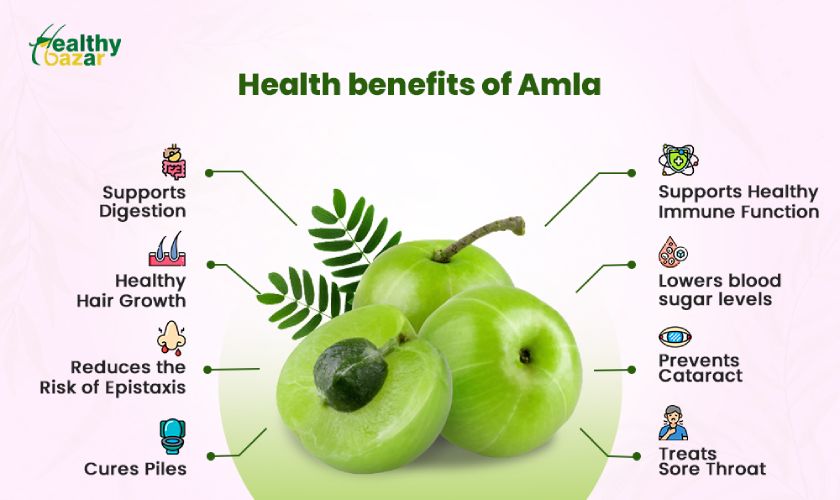Natural Remedies and Alternative Therapies: In recent years, there has been a growing interest in natural remedies and alternative therapies as people seek alternatives to traditional medical treatments. Natural remedies are often derived from plants, herbs, and other natural substances, while alternative therapies encompass a wide range of practices that aim to promote health and well-being. In this article, we will explore some popular natural remedies and alternative therapies, highlighting their potential benefits and considerations for use.
I. Herbal Remedies:

Herbal remedies have been used for centuries to treat various ailments. Here are a few examples:
- Echinacea: Echinacea is a popular herb known for its immune-boosting properties. It is often used to prevent and shorten the duration of colds and flu.
- Turmeric: Turmeric contains curcumin, a powerful anti-inflammatory compound. It has been used in traditional medicine to alleviate symptoms of arthritis, reduce inflammation, and support overall health.
- Ginger: Ginger is widely recognized for its ability to relieve nausea and digestive discomfort. It can also be beneficial for reducing inflammation and easing muscle pain.
II. Acupuncture:
Acupuncture is an ancient Chinese therapy that involves the insertion of thin needles into specific points on the body. It is believed to stimulate the flow of energy, or qi, and restore balance. Acupuncture has been used to address a variety of conditions, including chronic pain, migraines, and stress-related disorders.
III. Aromatherapy:
Aromatherapy utilizes essential oils derived from plants to promote physical and emotional well-being. These oils can be inhaled, applied topically, or used in diffusers. Some commonly used essential oils include lavender (calming and sleep-promoting), peppermint (energizing and pain-relieving), and tea tree (antimicrobial and skin-healing).
IV. Meditation:

Meditation is a practice that involves focusing the mind and achieving a state of mental clarity and relaxation. It has been shown to reduce stress, improve concentration, and enhance overall emotional well-being. Different forms of meditation include mindfulness meditation, transcendental meditation, and loving-kindness meditation.
V. Yoga:
Yoga combines physical postures, breathing exercises, and meditation to promote physical strength, flexibility, and relaxation. It has been found to have numerous health benefits, including stress reduction, improved cardiovascular health, and enhanced mental well-being.
VI. Homeopathy:
Homeopathy is a system of medicine that uses highly diluted substances to stimulate the body’s natural healing mechanisms. It is based on the principle of “like cures like,” meaning that a substance that causes symptoms in a healthy person can be used to treat similar symptoms in a sick person. Homeopathic remedies are available for a wide range of conditions, from allergies and colds to anxiety and insomnia.
VII. Chiropractic Care:

Chiropractic care focuses on the diagnosis and treatment of musculoskeletal disorders, particularly those affecting the spine. Chiropractors use manual adjustments and other techniques to improve spinal alignment, relieve pain, and enhance the body’s natural healing abilities. It is commonly used for back pain, neck pain, and headaches.
VIII. Herbal Teas:
Herbal teas are beverages made by steeping herbs, flowers, or other plant materials in hot water. They can provide a range of health benefits, such as relaxation, improved digestion, and immune support. Popular herbal teas include chamomile (calming and sleep-promoting), peppermint (digestive aid), and green tea (antioxidant-rich and metabolism-boosting).
Natural remedies and alternative therapies offer a holistic approach to health and wellness. While they may not always replace conventional medical treatments, they can be used as complementary strategies to promote well-being.
Read Also: Tips for Maintaining Overall Well-being
![]()






One thought on “Natural Remedies and Alternative Therapies”